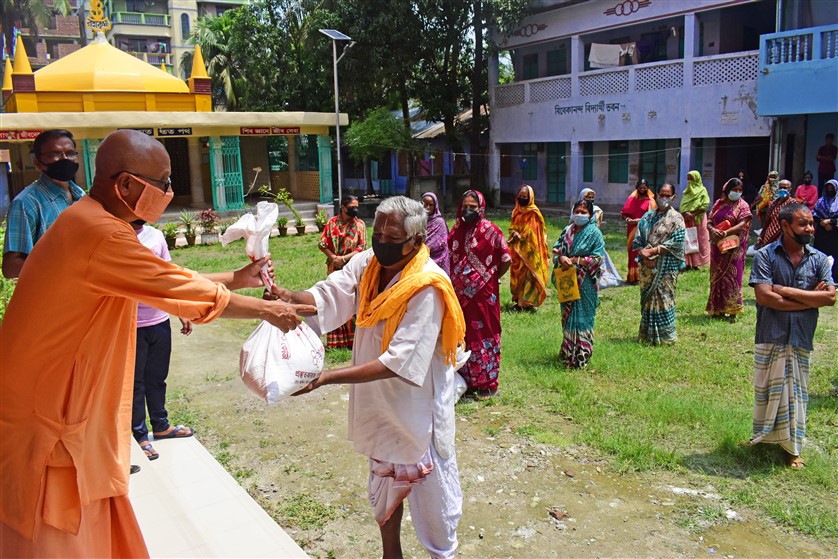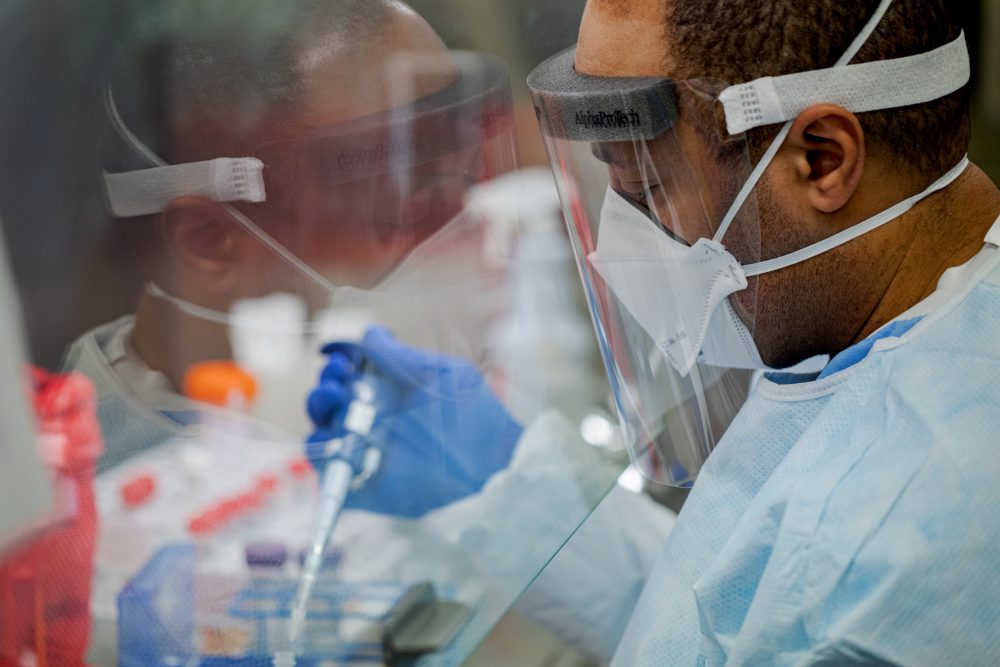How to Support a Global Response to the Pandemic
The novel coronavirus does not know or respect borders. For the first time in a very long time, everyone involved in the global response is also affected by the crisis. The degrees of impact vary, and the paths to recovery will be much steeper for some. But it has never rung truer that we are […]

The novel coronavirus does not know or respect borders. For the first time in a very long time, everyone involved in the global response is also affected by the crisis. The degrees of impact vary, and the paths to recovery will be much steeper for some. But it has never rung truer that we are all in this together.
It is within this reality that we must do more to manage our global response. Despite the incredible generosity of philanthropy, with $11.4 billion in philanthropic contributions committed to date, there are large funding gaps to fill. The United Nation’s COVID-19 Global Humanitarian Response Plan is only 18.3 percent funded, as many governments continue to focus their funds on needs closer to home.
To address this funding challenge, here are three ways international grantmaking organizations can better support the global response:
Get comfortable with not knowing. We are in a global moment of “we don’t know.” We don’t know the if, how, when or where of additional phases of the virus. We don’t know what treatments will work best, and how fast we’ll be able to produce and distribute them. While we are starting to see the human, economic and social effects of the crisis on communities, we are far from knowing the full impact of the pandemic. As grantmakers, we need to be more adaptable and open to new concepts. We can do that by providing our partners flexible funding for broad-stroke program ideas with agreements that allow them to adapt as they learn more.
Go local (and mean it). Even before the World Humanitarian Summit in 2016, the mantra of funding locally was all around us. After the summit, it became a call-to-action, challenging donors, multi-lateral agencies and nonprofits to alter their business models and to fund as local as possible. And yet with pandemic funding, we continue to fall back on old habits. The current numbers show that we are not using existing structures to get funds quickly to local organizations. Of the $1.3 billion raised within the UN’s inter-agency appeal, only $27 million, or 2.04 percent, has been disbursed to nongovernmental organizations (NGOs) noted as national, affiliate or local. International NGOs haven’t fared much better, receiving only 5 percent of the total appeal. While these numbers do not represent all local or national funding responses, they are indicative of a system that has not evolved to make localization efforts part of grantmaking. We must do more to fund as close as possible to the people we purport to serve.
Support well-being. As donors, we need to both recognize the costs of maintaining a healthy work environment and encourage our partners to create these spaces. While some aspects of well-being are about the physical and health demands of the job itself — including protective equipment and clarity on organizational responsibility for safety — we need to recognize that it goes beyond this. Fund organizations with a clear mission and commitment to a defined work ethos and sense of purpose.
For more on this topic, please join us on Tuesday, June 23 at 2 p.m. ET for our next webinar, COVID-19: Managing a Global Response. Natalie Ross from the Council on Foundations and Dr. Valerie Nkamgang Bemo and Pilar Pacheco from the Bill & Melinda Gates Foundation will dive deeper into the unique aspects of response and recovery for a worldwide pandemic, with a focus on international grantmaking to support communities in developing nations. Register here.
More like this

For equitable recovery from COVID-19, we can’t leave LGBTQ+ people behind

